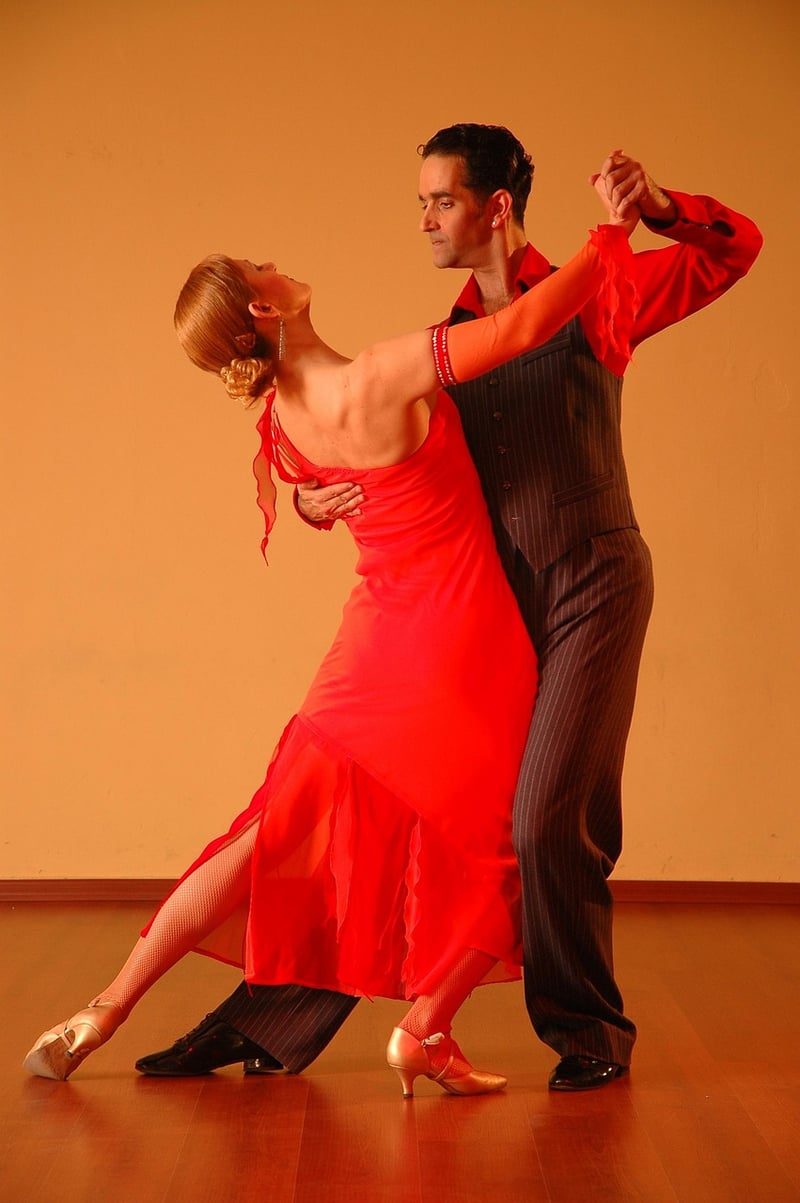Salsa
The Art of Expressive Movement in Salsa Dancing

Salsa dancing is not just about mastering the steps; it's about embodying the rhythm, passion, and emotion of the music through expressive movement. In salsa, dancers use their bodies to tell a story, convey emotions, and connect with their partners on a deeper level. This article explores the art of expressive movement in salsa dancing and how it elevates the dance form to a whole new level.
Connecting with the Music
One of the key aspects of expressive movement in salsa is connecting with the music. Salsa music is vibrant, energetic, and full of emotion, and dancers must internalize the rhythm and melody to translate it into movement. By listening closely to the music, dancers can sync their steps, body movements, and expressions with the beats and accents, creating a seamless connection between music and movement.
Body Isolation and Fluidity
Expressive movement in salsa also involves body isolation and fluidity. Dancers must have control over each part of their body, from their head down to their toes, to execute intricate movements with precision and grace. By isolating different body parts and moving them independently, dancers can create visually stunning and dynamic performances that captivate the audience.
Emotional Expression
Emotional expression is at the heart of salsa dancing. Dancers use their facial expressions, body language, and gestures to convey a range of emotions, from joy and passion to longing and desire. By infusing their movements with emotion, dancers can create a powerful connection with their audience and evoke strong feelings and reactions.
Partner Connection
Expressive movement is also essential for building a strong connection with a dance partner in salsa. Through lead and follow techniques, subtle cues, and mirroring movements, partners can communicate and respond to each other in real-time, creating a harmonious and synchronised dance experience. The ability to anticipate and complement each other's movements through expressive dance enhances the connection and chemistry between partners.
Conclusion
In conclusion, expressive movement is a vital component of salsa dancing that elevates the dance form from a series of steps to a captivating and emotive performance art. By connecting with the music, mastering body isolation and fluidity, expressing emotions, and building a strong partner connection, dancers can create magical moments on the dance floor that leave a lasting impression on both themselves and their audience.
So next time you hit the salsa dance floor, remember to let go, feel the music, and express yourself through your movement - that's where the true magic of salsa lies!
